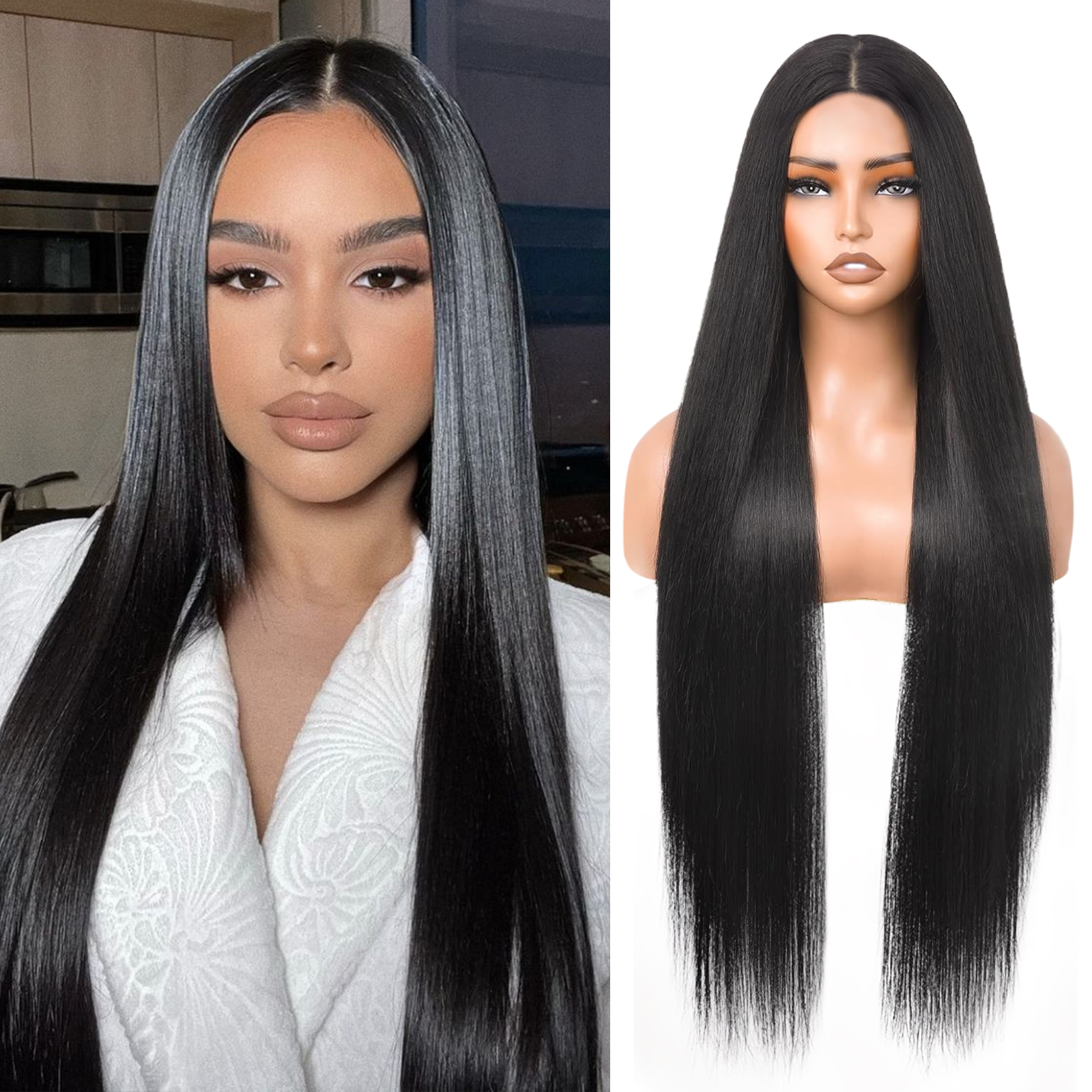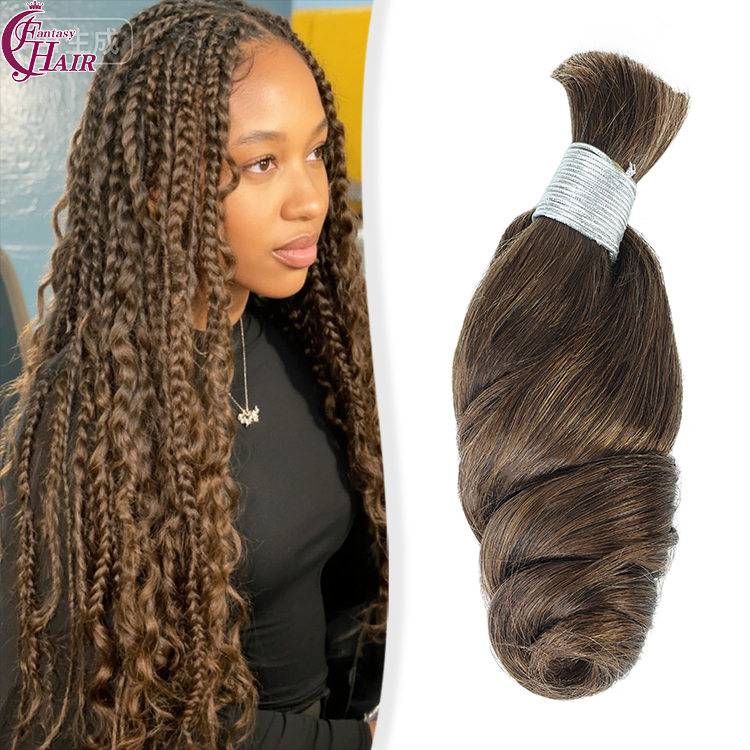The Heart of Human Hair Production
China has long been renowned for its manufacturing prowess, and one of the niche industries where it truly shines is the human hair trade. Human hair factories in China are the backbone of the global hair extension and wig market, providing high-quality products that are sought after by beauty enthusiasts and professionals worldwide. This article explores the intricacies of a China human hair factory, its impact on the beauty industry, and its commitment to quality standards that align with Google’s indexing criteria and official website content guidelines.
A China human hair factory is a complex operation that transforms raw human hair into a range of finished products:
- Sourcing: The journey begins with the ethical sourcing of human hair, which is collected from donors who volunteer their hair in exchange for a donation or monetary compensation.
- Sorting: Once collected, the hair is sorted according to length, color, and quality, with only the finest hair making the cut for the highest grade products.
- Processing: The hair is thoroughly cleaned and processed to remove any impurities, and it may be colored or treated to meet specific customer requests.
Quality Control: The bedrock of Excellence
Quality control is of paramount importance in a China human hair factory:
- Inspection: Each batch of hair is meticulously inspected to ensure it meets the factory’s exacting standards for quality and consistency.
- Health and Safety: Regular health and safety checks are conducted to ensure the hair is free from any pathogens or impurities, providing a safe product for end-users.
- Certification: Many Chinese human hair factories hold international certifications such as ISO, ensuring that their products meet global quality benchmarks.
Craftsmanship and Artistry in Weaving
The art of weaving human hair into Extensions, wigs, and hairpieces requires skill and precision:
- Hand-Weaving: Skilled artisans hand-weave the hair, creating products that are indistinguishable from natural hair, providing a seamless blend for the user.
- Machine-Assisted Weaving: While hand-weaving is time-consuming, modern factories also use advanced machinery to assist in the weaving process, enhancing productivity without compromising quality.
- Customization: Factories offer a wide range of customization options, allowing customers to tailor their human hair products to their specific needs and preferences.
The Global Impact of Chinese Human Hair Products
Chinese human hair products have a significant impact on the global beauty industry:
- Consumer Demand: The demand for high-quality human hair extensions and wigs continues to grow, driven by trends in fashion and personal expression.
- Salon Services: Salons worldwide rely on Chinese human hair products to offer their clients the best in hair enhancement services.
- Fashion Influences: Chinese human hair factories often set trends in hair fashion, influencing styles seen on runways and in popular culture.
Innovation and Sustainability in the Hair Trade
Innovation and sustainability are key focuses for China human hair factories:
- Technological Advancements: Factories invest in research and development to create new products and improve existing ones, ensuring they stay ahead of market trends.
- Eco-Friendly Practices: There is a growing emphasis on sustainable practices, such as using eco-friendly packaging and reducing water waste during processing.
- Ethical Manufacturing: Ethical manufacturing practices are paramount, with factories ensuring fair trade and the humane treatment of donors.
The Challenges and Opportunities in Human Hair Production
Producing human hair products comes with its own set of challenges and opportunities:
- Supply Chain Management: Managing the supply chain to ensure a steady flow of raw materials can be challenging due to the nature of hair collection.
- Market Competition: The market is competitive, with factories constantly striving to differentiate their products through quality and innovation.
- Global Regulations: Navigating the complex web of global regulations is essential for factories that want to expand their international market reach.
Conclusion
A China human hair factory is more than just a production facility; it is a testament to the country’s dedication to craftsmanship and quality. These factories have become the benchmark for the global human hair industry, offering products that are not only beautiful but also ethically produced and sustainable. As the beauty industry continues to evolve, China’s human hair factories will undoubtedly continue to play a leading role, meeting the needs of discerning customers and pushing the boundaries of innovation in the hair trade.




